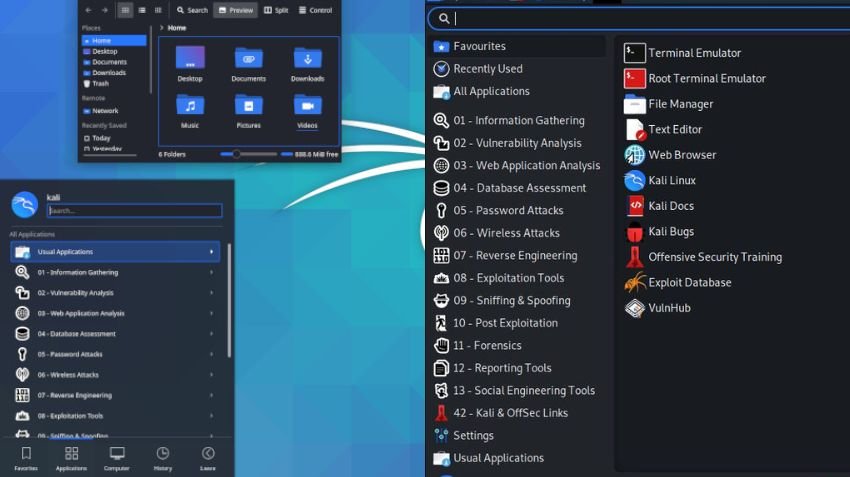Welcome to the last aid for gaining knowledge of Wireshark, the sector’s main network protocol analyzer. Whether you’re a community administrator, security professional, or actually an enthusiast looking to recognize how records flows throughout networks, our complete tutorials and gear will assist you examine, seize, and troubleshoot community traffic easily. From knowledge the fundamentals of packet capturing to superior filtering techniques, our step-by way of-step guides and expert pointers will simplify the complexity of network evaluation, making it on hand for all skill levels. Explore Wireshark’s effective functions, dive into actual-world examples, and unencumber your capacity as a community analysis professional these days!

Wireshark Tutorial & Tools | Step-by-Step Guide
- Download and Install Wireshark
- Visit the Official Wireshark Website: Go to Wireshark.Org and download the cutting-edge version compatible along with your operating gadget (Windows, macOS, or Linux).
- Install the Software: Follow the on-display set up instructions. For Windows users, you could additionally need to install WinPcap or Npcap, which permits live packet seize.
- Set Up Wireshark
- Launch Wireshark: After set up, open Wireshark. You’ll see a listing of community interfaces (Wi-Fi, Ethernet, etc.).
- Select a Network Interface: Choose the interface you need to monitor. For instance, in case you’re related to the internet thru Wi-Fi, pick out your wireless interface.
- Start Capturing: Click the blue shark fin icon or visit Capture > Start to start capturing network packets in actual-time.
- Capture Network Traffic
- Real-Time Capture: As quickly as you start capturing, you will see packets flowing in the predominant window. These include statistics such as IP addresses, protocols, and ports.
- Stop Capturing: Click the purple rectangular icon or Capture > Stop once you’ve captured sufficient visitors for analysis.
- Analyze Captured Packets
- Inspect Packets: Click on any packet in the listing to view designated records, consisting of supply/destination IP addresses, protocol type (e.G., TCP, UDP), and records payload.
- Follow Streams: To view the full communication of a specific protocol (like HTTP or TCP), proper-click on on a packet and pick Follow > TCP Stream or Follow > HTTP Stream.
- Filter Network Traffic
- Use Display Filters: Apply filters to slender down packet capture. For instance, to display only HTTP traffic, type
httpinside the clear out bar and press enter. Some not unusual filters encompass:- ip.Addr == x.X.X.X (to clear out by IP address)
- tcp or udp (to filter with the aid of protocol)
- port eighty (to clear out by means of port quantity)
- Advanced Filters: Combine filters for greater unique outcomes, e.G., ip.Src == 192.168.1.1 && tcp.Port == eighty will show visitors from the unique IP and port.
- Use Display Filters: Apply filters to slender down packet capture. For instance, to display only HTTP traffic, type
- Save and Export Data
- Save Capture: To save captured packets for later analysis, visit File > Save As and select the layout.
- Export Specific Data: If you need to export particular sections, use File > Export to extract specific streams or packets.
- Use Wireshark Tools and Plugins
- Expert Analysis: Wireshark affords equipment to troubleshoot community problems, such as blunders analysis and protocol records.
- Add Plugins: Enhance Wireshark’s capability with the aid of including custom dissectors or tools available from third-celebration builders.
- Learn Advanced Features
- Customize Columns: Modify which information factors (supply IP, vacation spot port, etc.) are displayed for your capture.
- Packet Reassembly: For protocols like TCP, Wireshark can reassemble packets for a greater comprehensive analysis of records streams.
- Get Help and Community Support
- Wireshark Wiki & Forums: The Wireshark Wiki gives extensive documentation, and the Wireshark Q&A is a fantastic location to ask questions.
- Tutorial Videos: Many customers find video tutorials beneficial; search structures like YouTube for step-by means of-step demonstrations.
By following these steps, you’ll be capable of efficaciously capture, examine, and troubleshoot network visitors using Wireshark. Whether you’re new to network analysis or seeking to refine your capabilities, Wireshark provides the tools you want to display network performance and diagnose issues.









